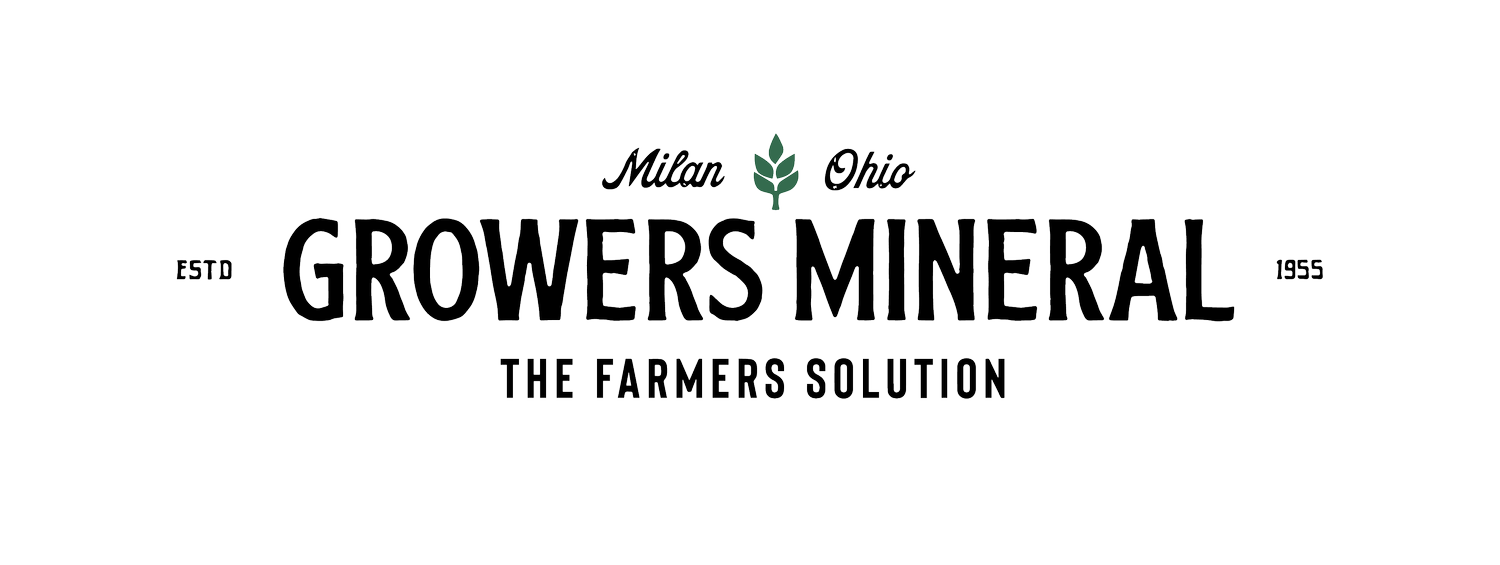Fertilizer Prices VS Corn Prices Are Now Some of the Worst in History
An article with the above title appeared on www.agweb.com on July 2, 2025. According to the article, a vice president of fertilizer at Stonex Financial, Inc. said the current fertilizer and corn price is at historic levels:
Urea: third worst in history
UAN: second worst in history
Phosphate: worst in history
After a lengthy discussion of the various geopolitical events, the author concluded that the fertilizer experts have advised farmers to "stay engaged, and when you see those pricing opportunities, jump on them, because they think the opportunities could be far and few between this year."
So, with this type of mentality in the agricultural establishment press, it was very interesting to see what the agricultural establishment suggested to deal with this problem.
Ken Ferrie from Farm Journal gave several discussions on the topic of: "Can You Cut Fertilizer Expenses?"
In an early November article, Ferrie suggested pulling the anhydrous applicator deeper in the soil profile to expose the gas to a larger volume of soil and moisture. This would result in more N being trapped in the soil profile. However, Ferrie said the N retailers were cringing at that idea because Ferrie's field contacts said that farmers were using the anhydrous rigs more as subsoilers than toolbars for fertilizer applications.
When strip-tiling in the fall, if the soil is too dry a producer may want to apply N in the spring when it is close to the crop actually using the N. So, if the strip-till ground is dry and friable upon application, N loss could occur later after the application is complete.
In later articles, Ferrie became very emphatic about the use of lime in fertility programs. "Don't be too quick to pull lime out of the program. Adequate lime is important in making all your nutrients work at optimum levels. When margins get tight, lime is one of the first things farmers want to cut. In reality, it should be the last.
As it got closer to planting time, Ferrie started to focus on the element phosphorus (P). Ferrie states that the quicker plant roots meet up with P, the faster you see response. In-furrow applications trigger the quickest response to P. 2x2 application of P is slower to kick in than in-furrow application of P. Farmers are starting to use in-furrow and 2x2 application together with the in-furrow giving a quick response and the 2x2 application pushing corn to waist-high when soil P is released by the soil microbes. This approach is called the relay treatment.
Ferrie also suggests that trace elements, particularly zinc (Zn) help with the usage of P by the plant. He contends if the trace elements needed are too expensive, keep the traces and cut the starter rate down to your budget. At Growers Mineral, Corp., we tell producers when they cut the starter volume, make up the volume difference with high quality water.
In the early years of Growers Mineral, Corp., Dr. V.A. Tiedjens told farmers that they would never control the price of the product they produced. The only way to try and control ROI in farming was by controlling the cost of the inputs to grow that product.
This is an excerpt from the Late Fall Growers Solution (2025) written by Jim Halbeisen, Director of Research.
Signup for our newsletter to stay in the loop
